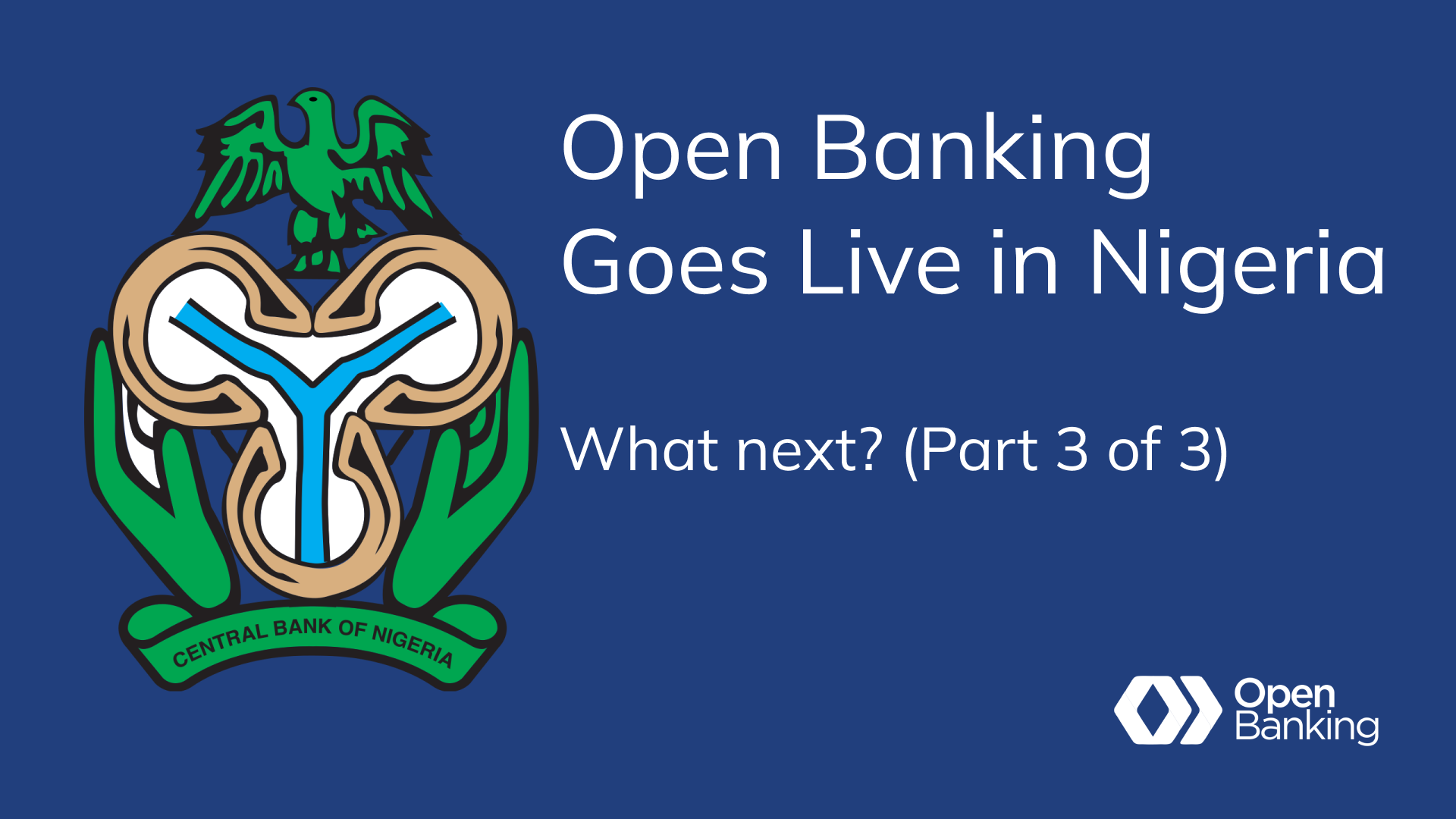By Chigozie Madubuko
Open banking has revolutionized the financial services industry by promoting transparency, competition, and innovation. At the heart of this transformation lies the efficient flow of data and services through Application Programming Interfaces (APIs).
Let’s explore the crucial roles played by API providers, API consumers, and consumers.
API Providers: Enabling Seamless Connectivity
These are often financial institutions or fintech companies, they serve as the foundation of open banking. They expose APIs that grant secure access to their customers’ data and services by offering standardized APIs that facilitate the integration of external applications and systems.
Access to customer data is based on explicit consent from the customer within a strong regime of privacy.
API Consumers: Driving Innovation and Value
API consumers, including fintech startups, third-party developers, and even traditional financial institutions, leverage the APIs provided by API providers to build innovative applications and services. These consumers can access a wide range of banking functions, such as account information, payment initiation, and transaction history, to deliver personalized and user-centric solutions. By harnessing the power of APIs, they can create new customer experiences, enhance financial management tools, and drive digital innovation across various sectors, ultimately delivering value to end-users.
Consumers: Empowered with Choice and Control
Open banking empowers consumers by giving them greater control over their financial data and fostering competition among service providers. Through consent-driven mechanisms, consumers can securely authorize API consumers to access their account information and initiate transactions on their behalf. This control allows consumers to explore a wider range of financial services, switch providers more easily, and benefit from tailored offerings based on their unique preferences. By leveraging open banking, consumers can access innovative products and services that improve their financial well-being and overall user experience.
Zoom In: How a Commercial Bank and Lending Platform Benefit Consumers
Now let’s explore how a commercial bank, acting as the API provider, enables a lending platform, the API consumer, to utilize consumer data for personalized lending services, benefiting the end consumers.
API Provider: The Commercial Bank
In our use case, the commercial bank assumes the role of the API provider. As a trusted repository of consumer credit information, the bank collects, analyzes, and maintains credit data for individuals. By offering an API, the bank opens up access to this data securely, allowing API consumers, such as lending platforms, to retrieve relevant information. The API provider ensures that the data shared is accurate, up-to-date, and complies with data protection regulations, maintaining the trust of both API consumers and consumers themselves.
API Consumer: The Lending Platform
The lending platform serves as the API consumer in our scenario. By integrating with the bank’s API, the lending platform gains access to comprehensive consumer credit data. With this information, the lending platform can assess an individual’s creditworthiness, analyze their financial history, and make informed lending decisions. The API consumer leverages on the data provided by the API provider to enhance its underwriting process, streamline loan approvals, and offer tailored loan products and interest rates to borrowers.
Consumers: Empowered Borrowers
Consumers are the ultimate beneficiaries of open banking. As the owners of their credit data, they can grant consent to the lending platform, allowing access to their credit information through the API provider. By utilizing open banking, consumers benefit from a streamlined and personalized lending experience. They can access loans more efficiently, receive competitive interest rates based on their creditworthiness, and enjoy a broader range of loan options. The transparency and control provided by open banking empower consumers to make informed financial decisions and foster healthy borrowing habits.
Through the collaboration between the API provider (commercial bank), the API consumer (lending platform), and consumers, open banking delivers tangible benefits in the lending industry. The bank, as the API provider, enables secure access to consumer credit data. The lending platform, as the API consumer, leverages this data to enhance its lending services, offering personalized loan products to consumers. Ultimately, consumers gain access to more streamlined, transparent, and competitive borrowing options, making open banking a win-win for all stakeholders. As open banking continues to evolve, we can expect further innovations and use cases that transform the financial landscape, putting consumers at the center of the digital banking revolution.


